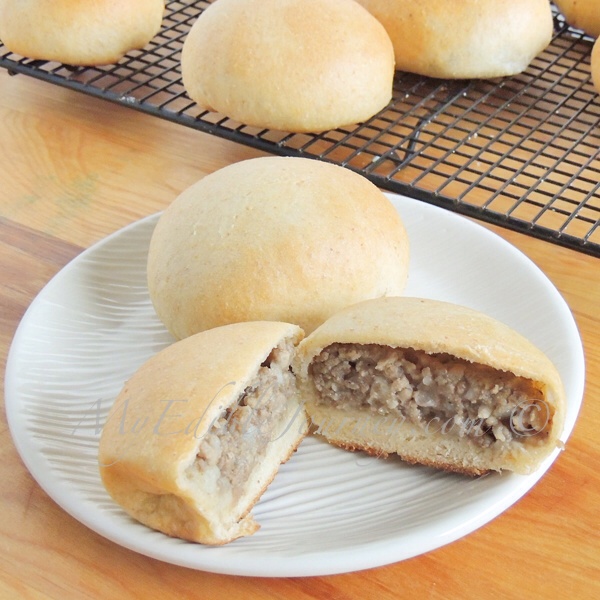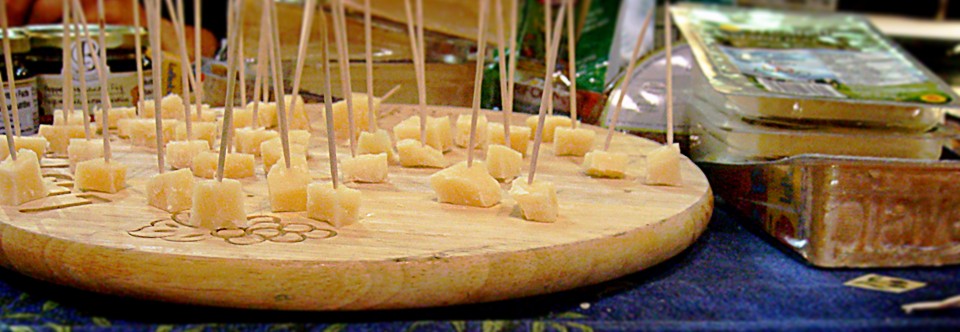 A new heritage
A new heritage
20 years ago, my soon to be husband and I found ourselves walking through the doors of a new (to us) church. Well, actually we walked through the doors of a local public school where this church met at the time. What we knew about Mennonites couldn’t fill a bonnet. Having been through St. Jacobs, where many Old Order Mennonites live, we didn’t know that not all Mennonites live the horse and buggy life. We soon learned.
 This particular congregation was Mennonite Brethren, a denomination with as much in common with eschewing electricity and modern conveniences as any you’d find in any church in any city. A sound system, drums, electric guitars, women in pants and beardless men greeted us that first Sunday. Clearly we had much to learn.
This particular congregation was Mennonite Brethren, a denomination with as much in common with eschewing electricity and modern conveniences as any you’d find in any church in any city. A sound system, drums, electric guitars, women in pants and beardless men greeted us that first Sunday. Clearly we had much to learn.
And what I have learned in the past two decades could now fill its own blog. One of the things that has resonated with me is the food heritage of those who were born into the Mennonite Brethren culture, which has roots in eastern Russia and Europe, and various south and central American colonies. I’ve learned about borscht, often without beets, which I’d never seen before. I’ve learned about paska, a delicious Easter bread, delicately flavoured with lemon. I’ve learned about the peculiar obsession for plain fried dough (roll kuchen) served with watermelon (haven’t gotten into that one). And it’s among these people where I’ve learned most acutely how food and community go hand in hand.
Learning the culture through food
Some years back, my mother in law gave me an old copy of the Mennonite Treasury (I believe it belonged to one of her sisters, who also attends a local Mennonite congregation). My copy was printed in 1974. It is a compilation of recipes submitted by various members of Mennonite churches across Canada. It is also a snapshot of food preferences and fads at the time (the casserole section is a bit frightening).
 I’ve decided to tackle some of the more foreign (to me) recipes and make a blog series of them. First up, Fleisch Perishky, aka meat buns. Looking at the book, it seems that fruit filled perishky is more common, but meat does appear in one recipe. The dough can either be plain or “raised,” which is a yeast dough. I chose that.
I’ve decided to tackle some of the more foreign (to me) recipes and make a blog series of them. First up, Fleisch Perishky, aka meat buns. Looking at the book, it seems that fruit filled perishky is more common, but meat does appear in one recipe. The dough can either be plain or “raised,” which is a yeast dough. I chose that.
The recipe for the filling itself is very simple. As a Mennonite by birth friend reminded me, the tastes of the day were plain, with salt and pepper being the main seasoning. No smoked paprika, hot pepper or other ‘exotic’ flavours in sight. The only actual flavour in this, beyond the meat itself comes from the onion. Though, to be fair, I had to add garlic. I just could not leave it out.
So here is my recipe for fleisch perishky, which is pretty close to what’s in my Treasury. Other recipes on the net call for cream soups or dry onion soup packets. This one has no processed ingredients, and is thickened with mashed potatoes. These make fabulous portable meals, and freeze beautifully.
Fleisch Perishky
For the filling
1lb lean ground meat (I used pork and beef, but turkey or chicken would even work)
1 cooking onion, finely chopped
1 clove of garlic, minced
1 cup leftover mashed potatoes
1/2 teaspoon salt
freshly ground black pepper, to taste
Brown the meat in a pan with a little fat (lard or bacon fat would be traditional). Add the onions and garlic and cook until they are tender. Stir in the potatoes until well mixed and season with salt and pepper, tasting and adding more as needed. Set aside to cool thoroughly.
For the dough – I used one cup of whole wheat in mine, though the original recipe calls only for white
1/2 cup warm water (or potato water)
1 tablespoon dry yeast
1 cup scalded milk
1/2 cup sugar or honey
1/2 cup lard, bacon fat or butter, melted (melting it in the milk works well)
1 1/2 teaspoons salt
approximately 4 cups flour (“enough to make soft dough as for rolls” as the Treasury says)
 Dissolve the yeast in the warm water while the scalded milk cools.
Dissolve the yeast in the warm water while the scalded milk cools.
Combine everything in the bowl of a stand mixer (or a large bowl, if you’re feeling like making this by hand). Add more flour a little at a time if necessary, until a soft dough that leaves the sides of the bowl is achieved. Knead for 10 minutes.
Turn the dough out into a lightly oiled bowl. Let rise, covered, for an hour. At this point, you can either proceed, or punch the dough down, cover it again and pop it into the fridge for up to a day.
Traditional recipes seem to call for the dough to be rolled and cut either into squares or rounds. If you have a kitchen scale, I found that pinching off balls just a bit more than 2 ounces each and rolling them out worked best (golf ball size, roughly). You want the dough to be thin, but not so thin that the filling bursts through (trust me)
Add a generous tablespoon of the cooled filling to the centre. The technique that I figured out (the recipes weren’t clear) was to draw up opposite edges and pinch. Then pinch the dough on each side, bringing it toward the middle, twisting it when both sides have been brought together to seal it. I hope my images help explain that better.
Place the buns seam side down on a parchment lined baking sheet. Bake in a 350F oven for 30 minutes, until golden.
Serve warm. The rest will freeze well, so make a large batch. Any leftover dough can be filled with pie filling, or baked as regular buns.
I got 12 buns with dough left over.
*** Want to join me on the journey? Pop over and like the My Edible Journey Facebook Page. Or click here to sign up for updates via Feedburner ***


We make a similar recipe at home but the meat mixture in stuff into small buns. It’s a meal that my family enjoys during the winter when it’s cold outside.
In reading, I’ve seen where some Mennonites make these smaller to serve alongside soup, which also sounds good. I’d have to get better at shaping them to make them smaller. LOL
Hi do you have a video,how to make fleisch piroshki. Thank you..
Hi. I don’t. Sorry. I’ve not gotten into the video thing.
Do you freeze them raw or baked?
I freeze them once they’re cooked and cooled.
This brings back memories. My mom made them by rolling the dough up with the meat in so it resembles a sausage and bake them . Then cut them into serve size pieces.